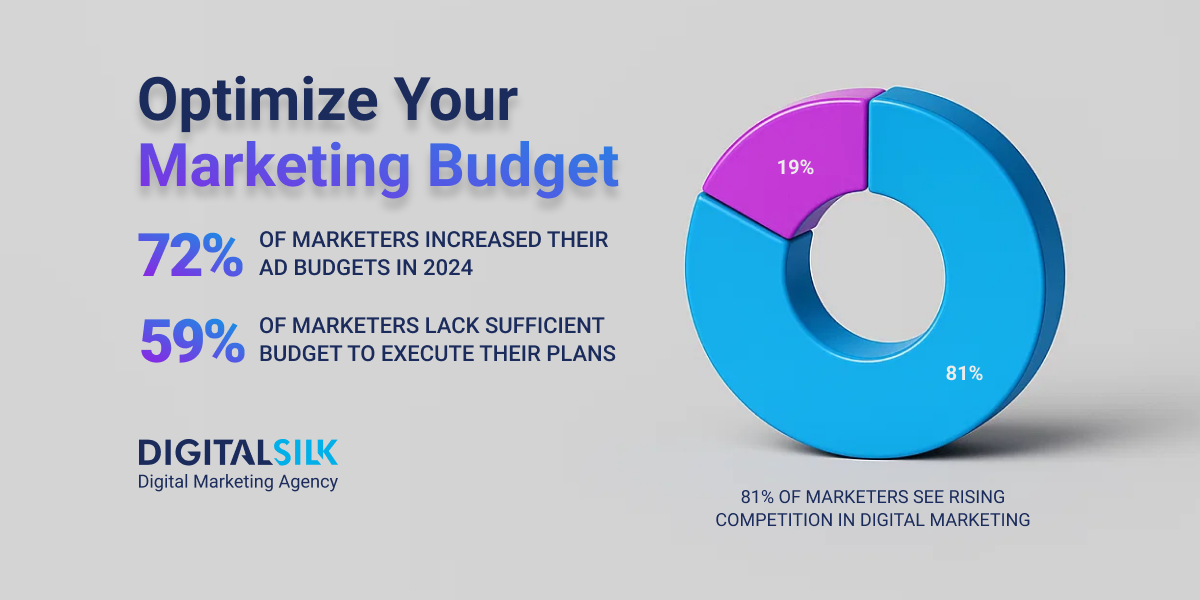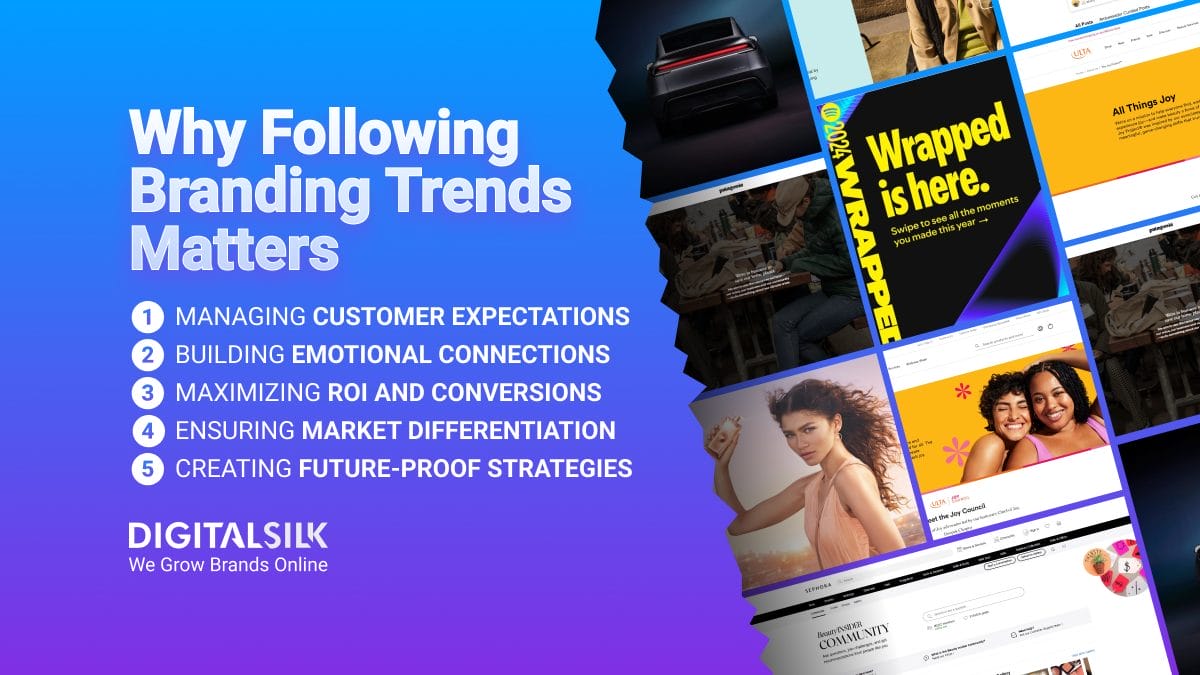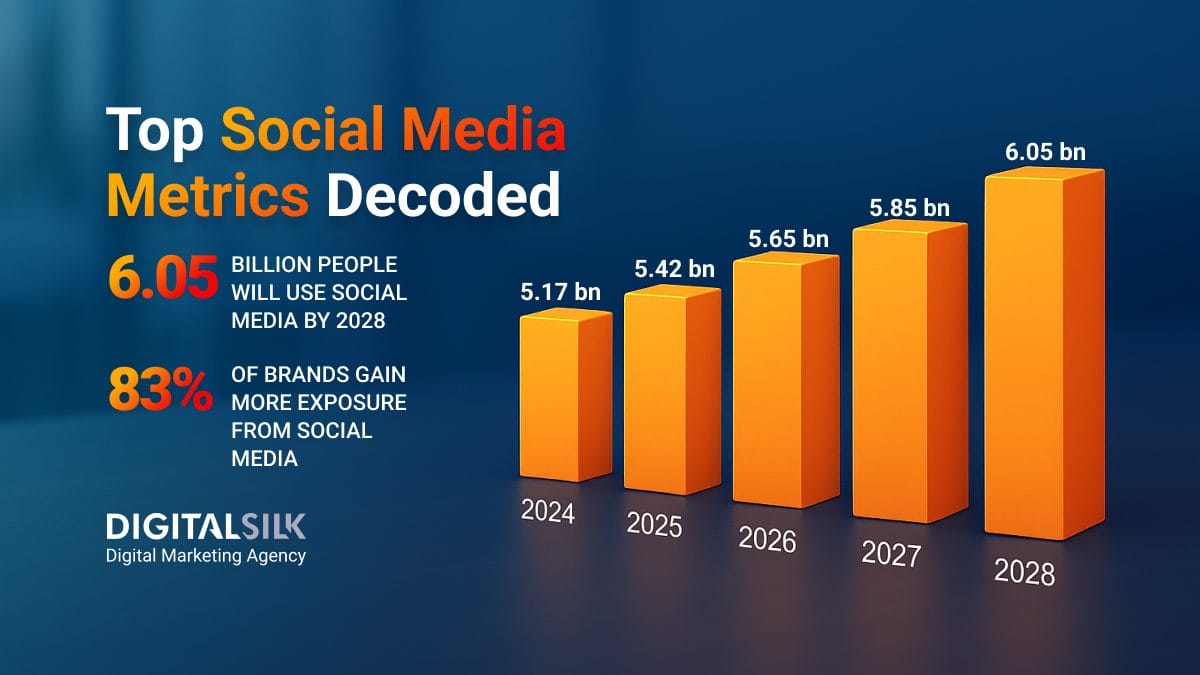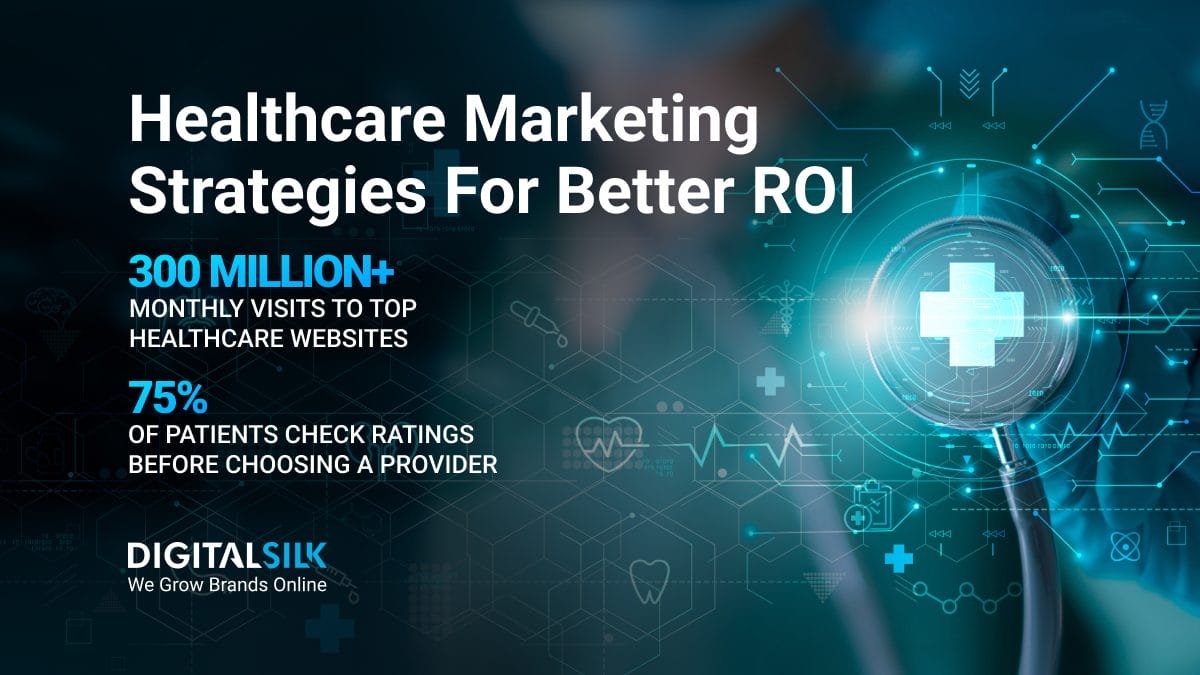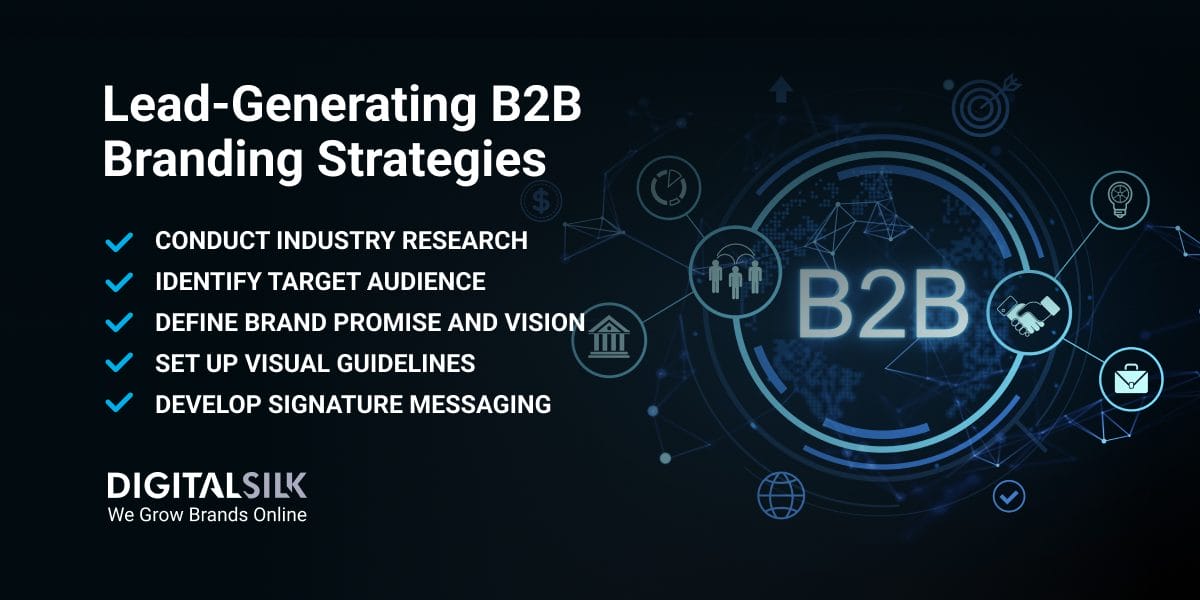Marketing Spend Optimization: Key Highlights
-
Ambition outpaces resources: Expectations rise, but budgets don’t — forcing CMOs to do more with less.
-
Metrics aren’t outcomes: Engagement stats look good but often mask what actually drives pipeline.
-
Precision scales impact: Consolidated tools and sharper targeting turn limited budgets into stronger results.
Marketing budgets in 2025 remain flat at 7.7% of company revenue, matching last year’s levels.
Nearly 60% of CMOs say their budgets fall short of what’s needed to execute their plans.
Expectations keep rising, yet the gap between ambition and resources continues to widen.
In this post, we’ll explore eight marketing spend optimization strategies to help you sharpen prioritization, scale high-performing initiatives and drive measurable business outcomes with greater financial discipline.
How To Optimize Marketing Budget Allocation For Better Results
Despite reduced overall budgets, CMOs are reporting a 3% increase in digital marketing spend in 2025, aiming to prioritize channels that offer clearer performance insights.
Below, we’ll list eight effective marketing budget optimization strategies that can help you reallocate with intent, improve efficiency and strengthen impact where it matters most.
1. Conduct A Pipeline-Centric Audit
In 2025, U.S. marketing spend is expected to reach $690 billion for B2C and $117 billion for B2B. With this level of investment, there’s little room for guesswork or vanity metrics.
Yet many audits still fixate on surface-level key performance indicators (KPIs) like clicks, impressions, bounce rates because they’re easy to pull and quick to share.
But a campaign with a strong CTR and no influence on pipeline isn’t a win — it’s a warning sign.
High-performing teams approach audits through the lens of revenue, not reach.
They start by connecting analytics platforms to CRM and finance systems to understand what’s actually delivering marketing ROI optimization by clarifying which touchpoints consistently contribute to sales-qualified leads (SQLs) and which quietly drain resources.
That insight is only as good as the data feeding it, which is why a full audit should also map every dollar leaving your department, from martech and subscriptions to agency retainers, pilots and tool trials.
What to flag:
- Awareness campaigns that boost traffic but don’t lead to conversions
- High-cost channels that rarely show up in revenue attribution
- Tools with overlapping functions (e.g., SEMrush, Ahrefs or Moz)
- Recurring costs with unclear impact or unclaimed value
Once you have a clear picture, share the findings with leadership before making shifts.
When reallocation is data-driven and transparent, buy-in becomes much easier, especially when it involves retiring familiar tools or changing long-standing spending habits.
To perform a revenue-centered audit:
- Build a shared view of all marketing-related spend using a central dashboard or spreadsheet
- Align your analytics tools with CRM and financial systems to follow the full path to revenue
- Run attribution reports that map budget allocation to sales-qualified lead generation
- Involve finance or operations to validate recurring costs and identify buried spend
- Schedule time with your team and stakeholders to review findings before reallocating resources
2. Align With Sales On Ideal Customer Profiles (ICPs) And Buyer Journeys
Clarity around who you’re selling to and how they make decisions shouldn’t live in silos.
Marketing builds personas from platform data. Sales build patterns from real conversations.
Both are valuable, but when they don’t align, budgets get wasted on prospects who were never likely to convert.
Start with a shared definition of your ideal customer profile, — built from sales feedback, performance data and funnel behavior. Schedule working sessions at least once a quarter to compare what the data says with what the field hears.
Map those co-owned ICPs to the full buyer journey. Identify the roles that show clear intent early, the friction points that stall deals and where your content or messaging leaves gaps.
Don’t assume personalization works — test whether it’s speaking to the right pain points at the right stage.
In 2025, 48% of consumers say exceptional customer service drives loyalty, while 42% value personalized experiences. These expectations don’t just apply to post-sale interactions — they begin long before a contract is signed.
Use these prompts to pressure-test your alignment:
- Which roles progress consistently and why?
- What objections come up late and how do we address them earlier?
- Where does our content fail to support the sales process?
For instance, Digital Silk partnered with Builders Surplus to align paid media efforts with real buyer behavior at the store level.
By redefining ideal customer profiles based on regional demand and sales insights, we restructured campaigns by location, applied tight geo-targeting and tailored messaging to high-interest product categories.
The result: a 169% increase in store visits, a 49% decrease in cost-per-visit and over 4,000 in-person visits tracked in a single month.
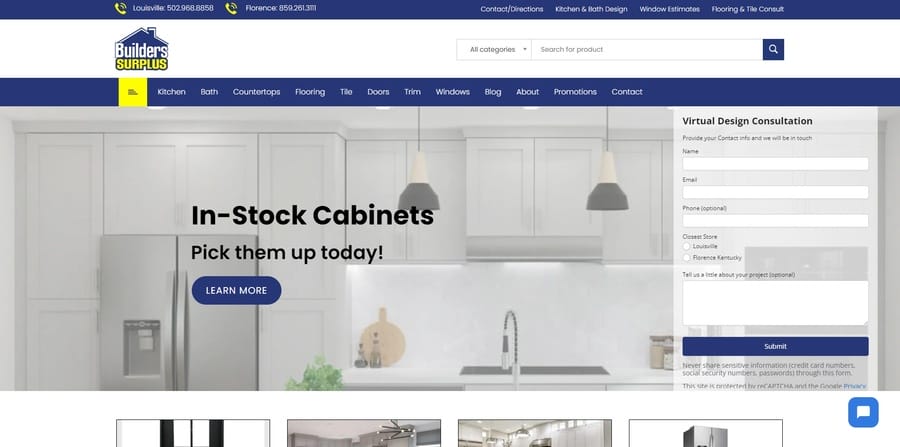
3. Focus On ROI And Simplify Your Martech Stack
Improving performance isn’t about adding more marketing channels. It’s about identifying what consistently drives revenue and ensuring your infrastructure supports smarter decisions at speed.
That means aligning budget with results and removing friction from the systems that deliver them.
Start by looking at channel performance through a revenue lens. Email and social media take the lead in ROI with 30%, but true value lies in attribution, not assumptions.
Use multi-touch or full-funnel models to pinpoint which channels influence pipeline most reliably and reallocate spend based on outcomes.
Internal channel reviews, backed by current performance data, can expose gaps, confirm strengths and clarify where to double down.
That clarity depends on the system behind the strategy: your marketing technology stack.
The martech stack includes all tools used to plan, execute, track and analyze marketing efforts — CRMs, automation platforms, analytics suites or content systems.
When tools aren’t integrated or serve overlapping functions, they dilute insight and slow execution.
Fragmented systems lead to inconsistent data, redundant processes and higher costs without delivering additional value.
Before considering new platforms, audit what’s already in place:
- Are multiple tools solving the same problem?
- Which systems are rarely used or lack integration with key platforms?
- Where is complexity blocking visibility or slowing down decision-making?
- What can be consolidated or retired without compromising capability?
Prioritizing high-ROI marketing channels only works when the operational engine behind them is built for clarity and speed.
A streamlined stack and a focused channel mix create the conditions for scalable impact — without increasing the size of your budget or your team.
4. Scale Through Structured Test Sprints
With 55% of CFOs naming long-term planning and resource allocation as a top priority, marketing leaders are under more pressure than ever to make budget decisions that are both strategic and defensible.
That requires proof early — not after a six-figure rollout.
Structured test sprints provide a structured and disciplined way to validate ideas before committing significant spend.
They reduce risk, accelerate learning and give executive stakeholders clearer visibility into what’s working and why.
Key elements of a high-value test sprint for marketing spend optimization include:
- Limit budget to a defined range (e.g., $5K–$10K) to control risk
- Focus on one variable — messaging, audience, channel or creative
- Set clear KPIs and performance benchmarks before launch
- Build in short feedback loops for fast analysis and iteration
- Document and share results to guide future strategy
Test sprints should be built into quarterly planning — not treated as side projects. They apply across paid campaigns, content, lifecycle programs and even tooling decisions.
When structured properly, they don’t just generate performance data. They create confidence in what’s worth scaling and transparency around how budget decisions are made.
5. Use Forecasting To Model Budget Reallocation
As 72% of global marketers prepared for increased ad budgets in 2024, the focus is shifting from spend volume to spend efficiency.
Budget reallocation is a forward-looking process grounded in data and scenario planning.
Forecasting tools like Tableau, Google Looker Studio or internal BI dashboards can simulate how reallocating budget affects pipeline contribution, customer acquisition cost or conversion velocity.
Examples worth modeling:
- Reducing paid search by 20% and shifting that budget to ABM targeting late-stage opportunities
- Replacing underperforming webinars with high-engagement video to influence earlier-stage awareness
- Redirecting top-of-funnel spend toward mid-funnel nurture programs to accelerate deal progression
Forecasting requires discipline and structure. Scenario planning builds consensus and improves how to manage a marketing budget strategically.
6. Use Marketing Automation
Marketing automation is now standard practice. 75% of businesses use at least one automation platform, with email as the most commonly automated channel at 58%.
But widespread adoption doesn’t guarantee meaningful impact. The difference lies in how automation is implemented, integrated and measured across the funnel.
For marketing leaders, the goal is to reduce manual work where it adds no value, improve data reliability and give teams more time to focus on strategy and execution.
That requires a consolidated approach. When automation tools are siloed or underused, they become a cost center instead of a performance driver.
What to prioritize:
- Dashboards that surface actionable insights and highlight where attention is needed
- Seamless integration with CRM, analytics and paid media platforms to connect activity with outcomes
- Thoughtful onboarding plans that factor in training time, internal adoption and support
Build automation reviews into quarterly planning cycles. Audit usage, validate spend and revisit features that may be underutilized.
7. Invest In Team Enablement And Upskilling
Outsourcing can solve for speed, but long-term performance depends on what your team can do without waiting on someone else.
When core capabilities like analytics, automation or campaign optimization are handled in-house, you’re less exposed to vendor delays and better equipped to respond quickly when priorities shift.
Upskilling is both a performance and cost strategy. The more your team can handle in-house, the less you depend on external timelines or added fees.
Focus on training that aligns with your current stack so learning translates directly to output.
Tools like HubSpot, Semrush and Google Skillshop offer structured programs that strengthen capability and reduce execution gaps.
In the U.S., 71% of employees report being satisfied with their company’s upskilling and reskilling programs, reflecting a strong appetite for development when it’s tied to meaningful work.
Where to focus for better marketing ROI optimization:
- Certifications for platforms already embedded in your workflows
- Targeted workshops linked to active campaigns or quarterly goals
- Training that helps reduce handoffs between marketing, sales and operations
A well-trained team delivers faster results, executes tasks with greater flexibility and reduces dependency on outside support, which improves both agility and ROI over time.
8. Test, Measure And Optimize Continuously
In 2024, 81% of marketers expected competition to increase or increase significantly. That level of pressure makes consistency in testing and optimization non-negotiable.
Without clear benchmarks and disciplined performance reviews, even strong campaigns can drift off course, or worse, become irrelevant as buyer expectations shift.
Quarterly reviews are an opportunity to go beyond reporting and shape the narrative around what’s working, what needs to change and where to place the next bet.
Focus less on tracking every metric and more on framing the right comparisons.
That includes channel spend versus contribution to pipeline, cost per sales-qualified leads (SQL), tool usage, renewal decisions and a clear view of strategic recommendations moving forward.
To make reviews actionable:
- Use a consistent, concise format
- Visualize attribution and conversion paths
- Compare quarter-over-quarter shifts, not just absolute values
- Bring stakeholders into the conversation, not just the outcome
Optimization also requires external context. Benchmarking against industry peers helps you understand whether your cost per lead (CPL), customer acquisition costs (CAC) or conversion rates are competitive or signaling inefficiencies hiding behind strong topline metrics.
Where to benchmark:
- Average customer acquisition cost (CAC) by segment
- Conversion rates by channel and stage
- Lead quality and volume against similar spend levels
Testing in isolation only gets you so far, while benchmarking gives you the frame of reference to know when it’s time to reallocate, scale or stop.
New Strategies To Consider In 2025
1. Expand Brand & Performance Marketing Integration
Modern CMOs are investing in hybrid strategies that blend brand awareness with performance marketing.
This dual-focus ensures both short-term conversion and long-term equity.
For example, performance channels like paid search can be layered with brand storytelling for more emotionally resonant campaigns.
2. Leverage Influencer Marketing Strategically
Influencer partnerships are evolving into performance drivers.
Rather than broad sponsorships, brands are allocating budget to micro-influencers with niche, high-converting audiences.
When paired with performance KPIs, influencer campaigns deliver measurable ROI while increasing brand authenticity.
Common Challenges In Marketing Budget Optimization
Learning how to manage a marketing budget is a leadership responsibility, not a tactical one.
The right strategy can be undermined by internal misalignment, overreliance on instinct or fragmented data.
When the pressure is on to deliver more with less, even experienced teams fall into patterns that dilute performance instead of improving it.
Below are the most common mistakes that quietly erode budget effectiveness:
- Measuring without clarity: Tracking either too little or too much creates blind spots. Without meaningful attribution, it’s hard to connect spend to outcomes. Too much data without focus leads to indecision, slowing down optimization instead of guiding it.
- Chasing new channels instead of scaling what works: Testing is valuable, but constant experimentation without reinforcing proven tactics spreads teams thin. High-performing channels should be the foundation, not an afterthought.
- Diluting budget across too many initiatives: Spreading spend too wide often reduces impact across the board. Concentrating on fewer, better-performing channels tends to deliver stronger results with greater consistency.
- Relying on instinct over structured performance data: Budget decisions made without defensible KPIs are harder to justify and even harder to course-correct. A strong framework of metrics gives leadership a clearer view and builds confidence in recommendations.
- Leaving teams and stakeholders out of the loop: When transparency is missing, so is trust. Regular communication and clear documentation create stronger alignment across marketing, finance and sales.
Avoiding these pitfalls doesn’t require perfection — just structure, focus and open communication.
Make time for recurring budget reviews and bring your team into the process early.
Optimize Marketing Campaigns With Digital Silk
Optimizing marketing budgets requires deliberate planning, thoughtful execution and a clear understanding of what drives measurable impact.
It means focusing on outcomes rather than outputs and making confident trade-offs based on real performance data.
Budget decisions should be tied to clear objectives, revisited regularly and supported by a framework that balances efficiency with growth potential.
Digital Silk’s in-house experts can help structure and optimize that process, turning marketing spend into a strategic asset.
As a professional web design agency, our services include:
- Digital marketing
- Social media marketing
- Branding services
- PPC advertising
- SEO services
Our team prioritizes proactive yet consultative project management and transparent communication to deliver measurable results.
Contact our team, call us at (800) 206-9413 or fill in the Request a Quote form below to schedule a consultation.
"*" indicates required fields


